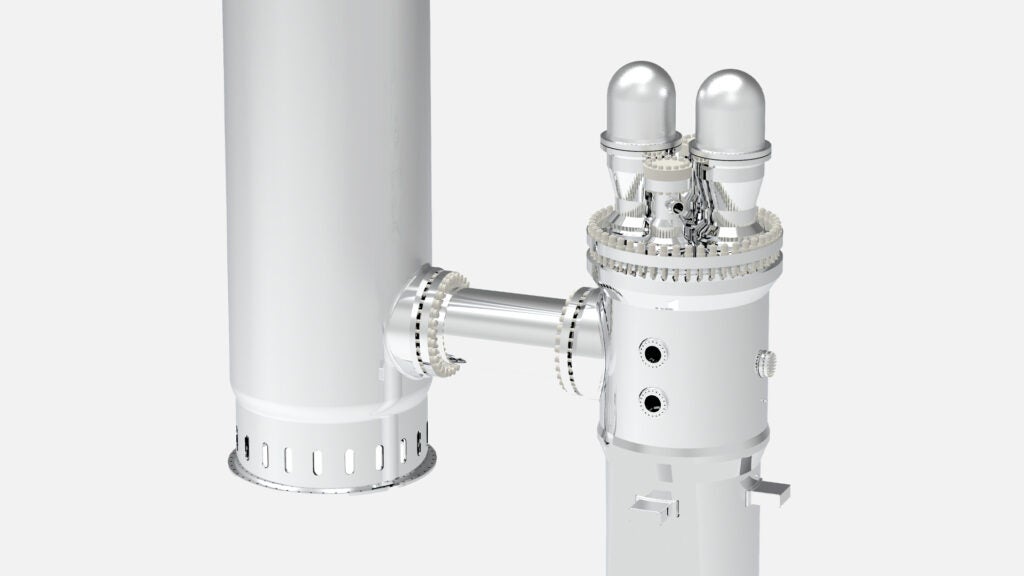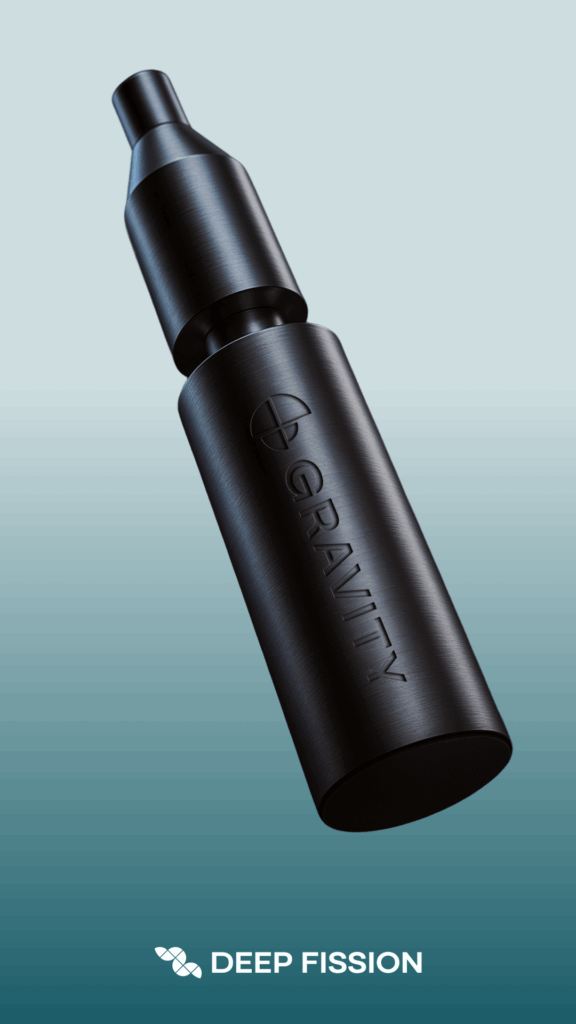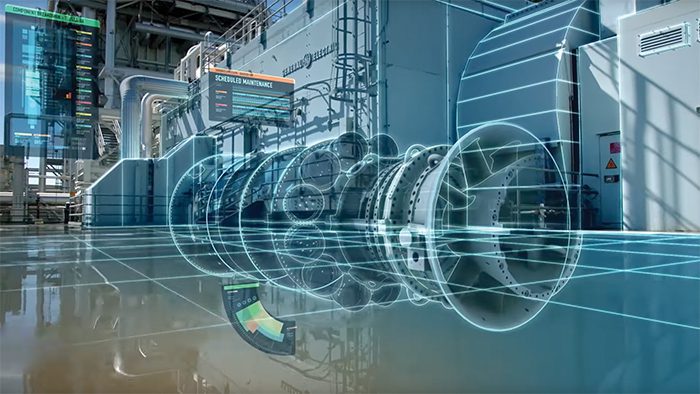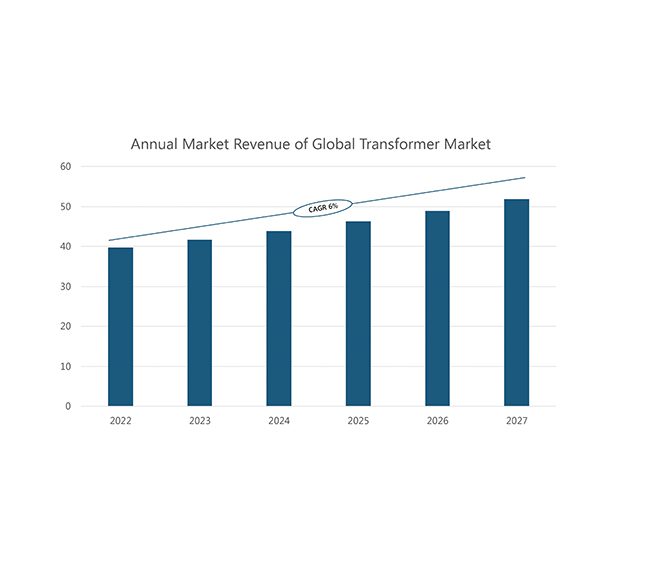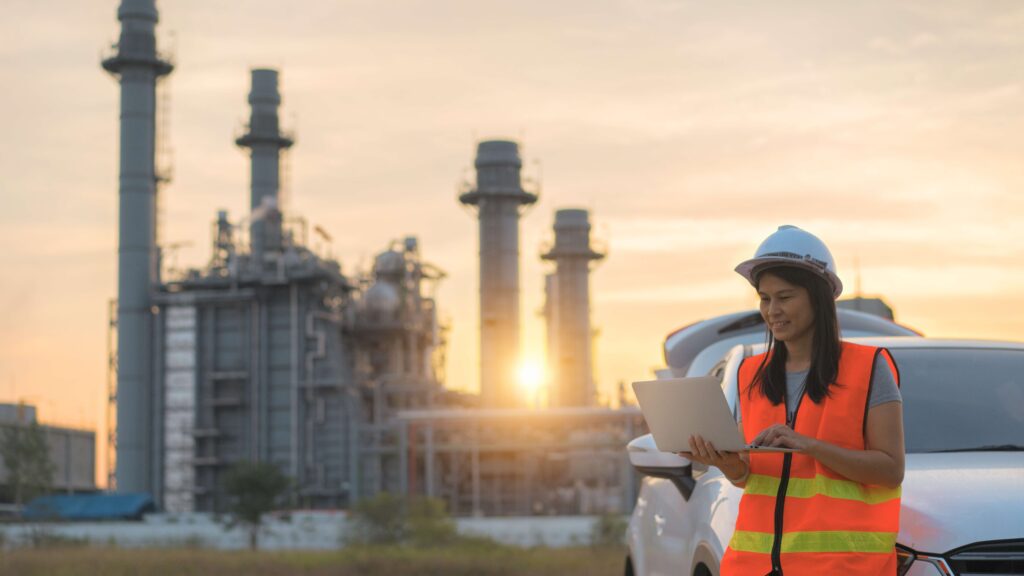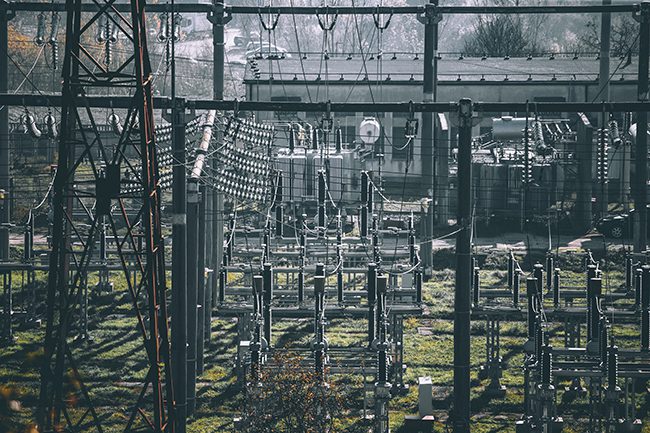Connected infrastructure offers a holistic approach to creating a smarter, greener, and more livable world.
More people are moving to urban areas than ever before, even as the impacts of climate change are being increasingly felt on many different levels. As urban infrastructure is being strained in new and often subtle ways, smart technologies can enable smoother operations and faster response to challenges.
COMMENTARY
Some six billion people—or about two-thirds (68%) of the world’s population—will live in urban areas by 2050, up from 56% in 2023, according to United Nations and World Bank projections. With climate change contributing to more frequent weather events, from deadly heatwaves to flash floods, there are increasing public demands to act on climate change to boost resilience and improve quality of life.
Around the world, many infrastructural systems have already been renovated and even digitized to handle current needs. But even these sophisticated infrastructural assets simply aren’t equipped for the complexity of multifaceted challenges such as urbanization and climate change.
A holistic approach to urban and regional infrastructure can deliver a transformative effect. Advanced digital systems now support just such a comprehensive view. By bringing together the development and management of different physical systems and networks in a given area, they can enhance overall efficiency, resilience, and sustainability.
Synergies Drive Infrastructural Resilience and Efficiency
A power utility’s largest customer, for example, is often the area’s water authority. Closer synergies between the two make sense.
California Water Service (CWS), a utility serving four U.S. states, was faced with slow and inefficient data processes, high energy costs and limited insight into energy consumption, changing regulatory requirements, and stringent environmental, social, and governance targets. Using a cloud-based solution infused with artificial intelligence, it was able to automatically collect and analyze utility data with the goal of tracking power consumption and energy demand change management.
With the benefit of actionable insights in real time, CWS realized significant financial savings from manual data collection and input, it could better forecast peak energy consumption and market participation. Alongside, compliance reporting improved while advanced analytics obtained by combining billing usage data with supervisory control and data acquisition (SCADA) pumping data provide strategic direction for the future. In short, a win-win for both the power and water utilities, leading to cost savings and efficiency gains for both parties while contributing to the broader goal of reducing consumption and building more sustainable cities.
Such a nexus approach can be extended to cover all infrastructural systems within the area—such as in energy, water supply, telecommunications, waste management, or transport. Connecting these sectors along a digital data thread can eliminate silos, optimize resource use, reduce duplication, and enhance overall performance. In a smart city, for example:
- Connecting transportation and energy systems leads to optimized traffic flow, reduced emissions, and improved reliability for electric vehicles.
- Sharing asset information between water and power utilities can improve resource efficiency, reduce energy consumption, and increase resilience to water shortages and power outages.
- Bringing telecommunications and transportation systems together enhances safety through real-time communication, improves traffic management, and increases overall transportation efficiency.
- Interlinking waste management networks with transportation systems optimizes collection routes and reduces fuel use, minimizing environmental impacts.
- Uniting public safety and critical infrastructure systems supports faster response times, improved coordination between agencies, and better communication with the public during emergencies, raising overall community safety and resilience.
By pooling operational data, utilities and other infrastructural entities can understand current conditions, predict future demand, and adjust operations to reduce peaks and loads. Enabling this sort of cross-sector collaboration—across multiple critical infrastructural communities—is the latest infrastructural asset: an integrated command-and-control center that combines internal and external services for ecosystem synergies and growth.
The Infrastructure Nexus Enhances Livability
Within a single pane of glass, an integrated “system of systems” brings together operational information from multiple data streams in real time to anticipate and resolve issues even before they surface. It synchronizes various resources and processes for seamless operations and supports more strategic decision-making.
Atal Nagar-Nava Raipur, India’s first metropolitan greenfield smart city, has seen firsthand how collating and consolidating data from a multitude of instrumentation devices across its urban infrastructure can enhance livability, workability, and sustainability. Planned as the new capital for Chhattisgarh state, Nava Raipur united systems for smart governance, intelligent transport, utility management, city surveillance, intelligent building management, and smart network and data centers into a cloud-based integrated command and control center (ICCC), accessible through a single-pane-of-glass interface.
This connected industrial ecosystem helped Nava Raipur stay resilient during the recent coronavirus crisis. With real-time insight into all the city’s critical infrastructure systems, authorities could match supply and demand with greater accuracy, improving decision-making in emergencies and slashing critical response time by 60% on average.
Governments are eyeing these gains with interest. Elsewhere in Asia, a provincial region is connecting infrastructural assets across nearly 120,000 square miles to create a single ICCC.
This 360-degree source of operating information will help address the region’s challenges of climate change, social inequality, and digital transformation. Regional authorities expect energy usage and emissions to drop by about 30% each, while increasing circularity and reducing waste up to 50%. In addition, renewable energy use could grow by up to 75%, while equipment life is extended up to 40%.
Integrating Infrastructure Future-Proofs the World
Around the world, governments must address the intersecting challenges of the climate crisis, aging infrastructure, and evolving labor markets—all while faced with shrinking budgets. A system-of-systems approach provides the transformative backbone needed to tackle these issues. Breaking down silos and promoting cross-functional collaboration futureproofs industrial operations, unlocks innovation, and optimizes resource use.
Certainly, the transition to integrated infrastructure will require tackling regulatory hurdles and technological interoperability, as well as innovative financing mechanisms and supportive policy frameworks. Yet, the benefits of integration are increasingly evident.
Singing from the same song sheet, as it were, enables us to detect issues early, saving costs and resources while enhancing reliability. Such a smart, integrated approach promotes resource efficiency and sustainability. Integrated infrastructure improves quality of life for urban residents and reduces users’ environmental footprint. Ultimately, investing in integrated and smart infrastructure is crucial for building cities and countries that are better equipped to meet the needs of both current and future generations.
—Gary Wong is the global segment leader of Power, Utilities, and Infrastructure at AVEVA.



